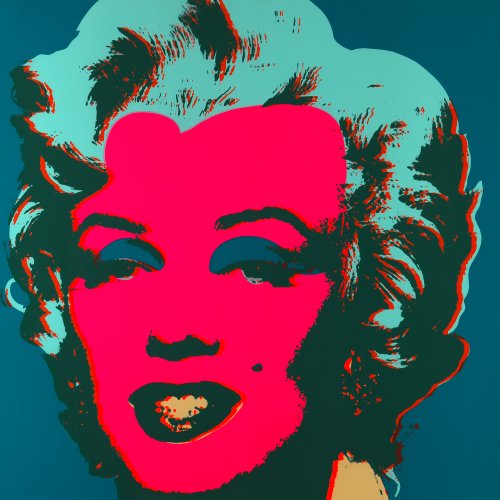Biography
Andy Warhol is considered one of the founders of Pop Art and the prototype of the artist who becomes an art object himself. He was born in Pittsburg, Pennsylvania, as the son of an immigrant family from Slovakia. As a child he had to stay in bed for a long time because of an illness and during this time he developed his enthusiasm for media, especially for comics and films. He also began to amass an archive of photos and newspaper clippings during this time, which he used, among other things, as models for his silkscreen prints.
From 1945 to 1949, he trained as a commercial artist at the Carnegie Institute for Technology in Pittsburgh, earning a degree in painting and design. He then moved to New York and worked as a commercial artist. His work was exhibited in a gallery in 1952 and at MoMA in 1956.
In 1962 he turned to silkscreen printing, transferring this printing technique from applied graphics to art. He often placed the objects serially next to each other; he saw an attraction of screen printing precisely in the duplication. He used advertisements and newspaper pages as motifs, but also templates from classical art. This resulted in pictures with 30 Mona Lisa portraits or 32 soup cans.
Read more ...Read less ...Objects by Andy Warhol
-
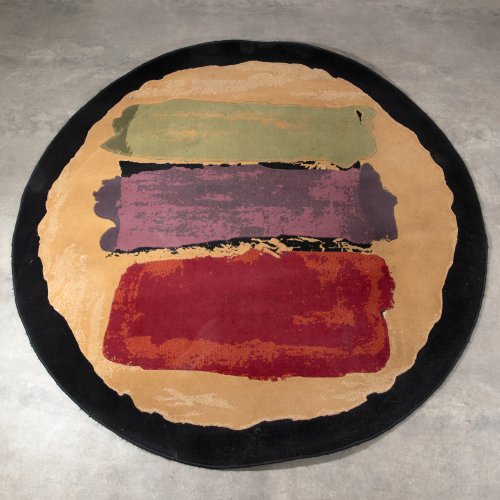
-
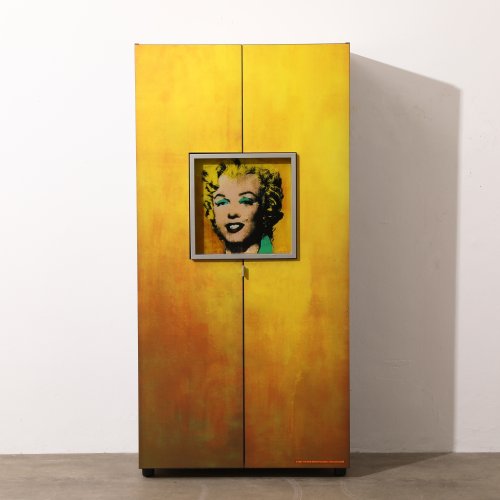
Andy Warhol (after) hb Collection
Limited edition bar cabinet with the motif Gold Marilyn Monroe from 1962
Estimate:
-
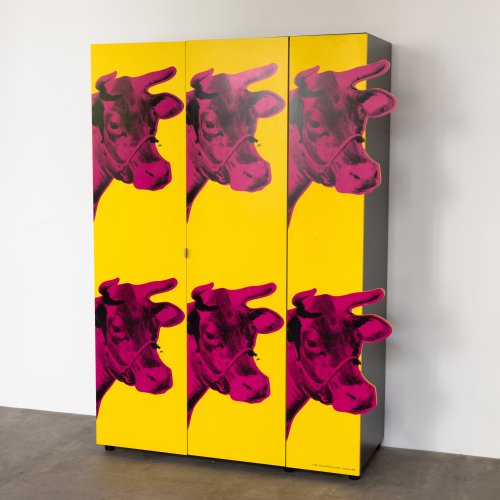
-

Andy Warhol (after) hb Collection
Bar cabinet with the motif 210 Coca-Cola Bottles from 1962
Estimate: 1,000 € - 2,000 €
-
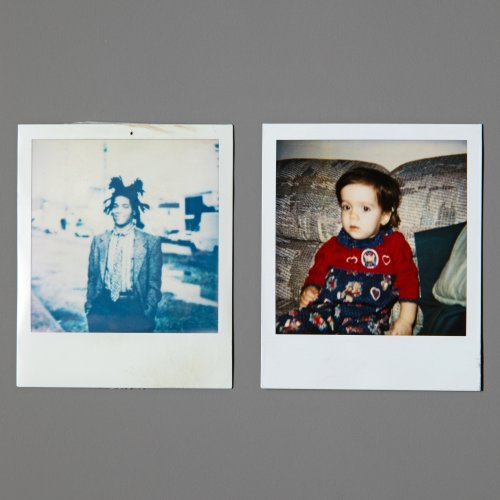
2 Polaroids, 'Andy Warhol' and 'Jean-Michel Basquiat'
Estimate: 1,800 € - 2,700 €
-
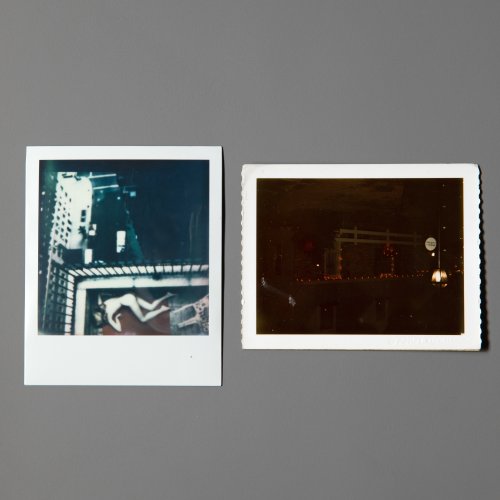
-
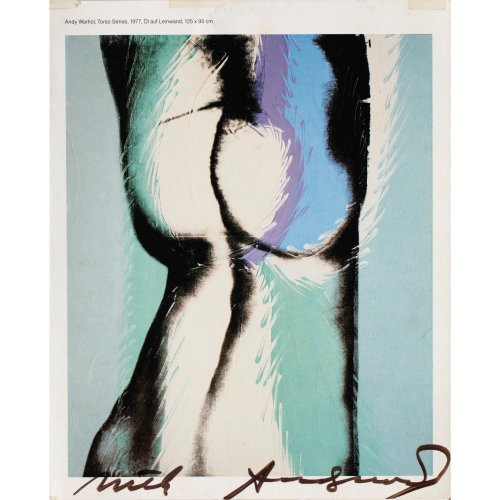
Signed Invitation to the Torso Exhibition, 1979
Estimate: 300 € - 450 €
-
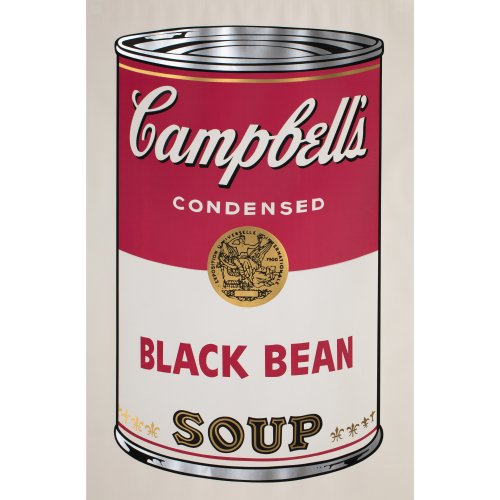
Andy Warhol Factory Additions, New York (Publ.)
'Black Bean' from: 'Campbell's Soup I', 1968
Estimate: 28,000 € - 42,000 €
-
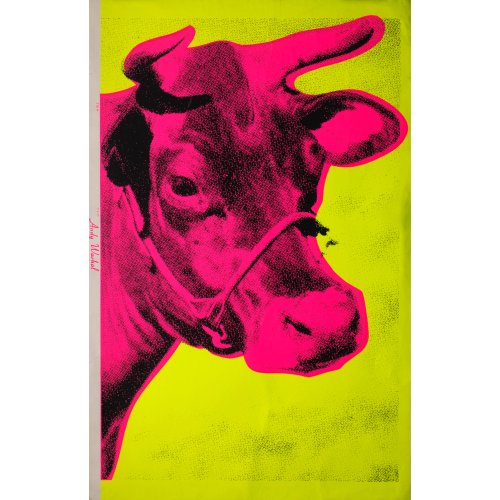
-
Sold
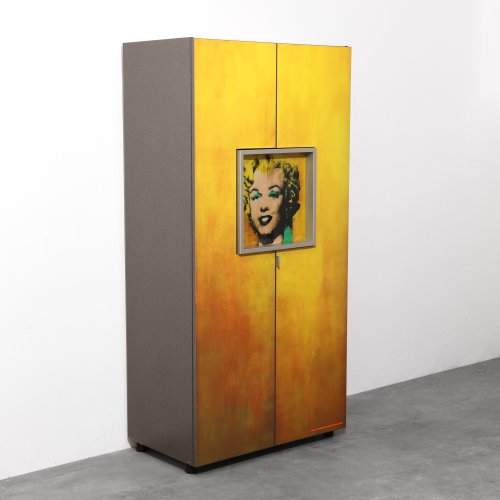
Andy Warhol hb Collection
Limited bar cabinet Marilyn gold with the motif Golden Marilyn Monroe from 1962.
Hammer Price: 3,200 €
-
